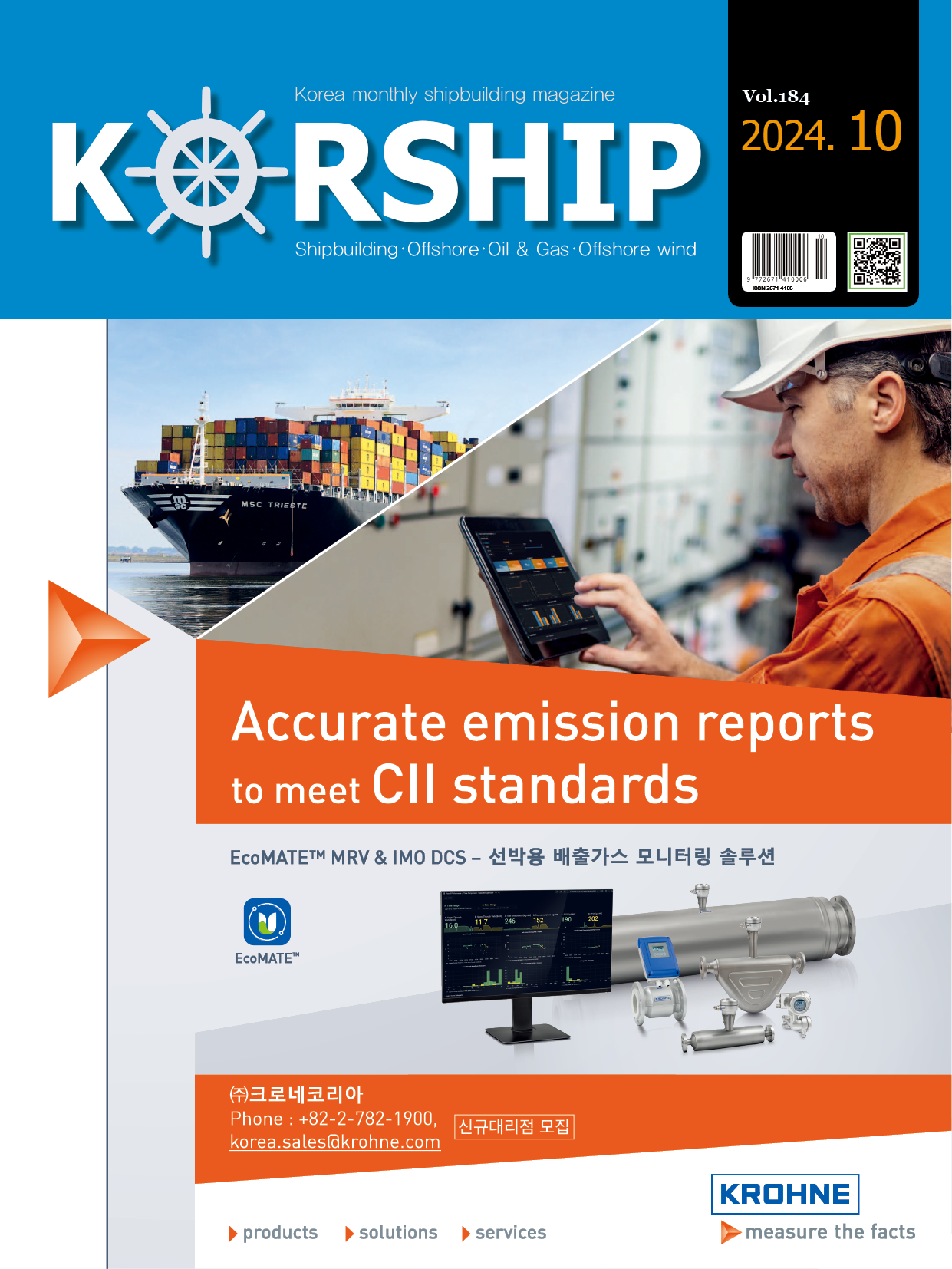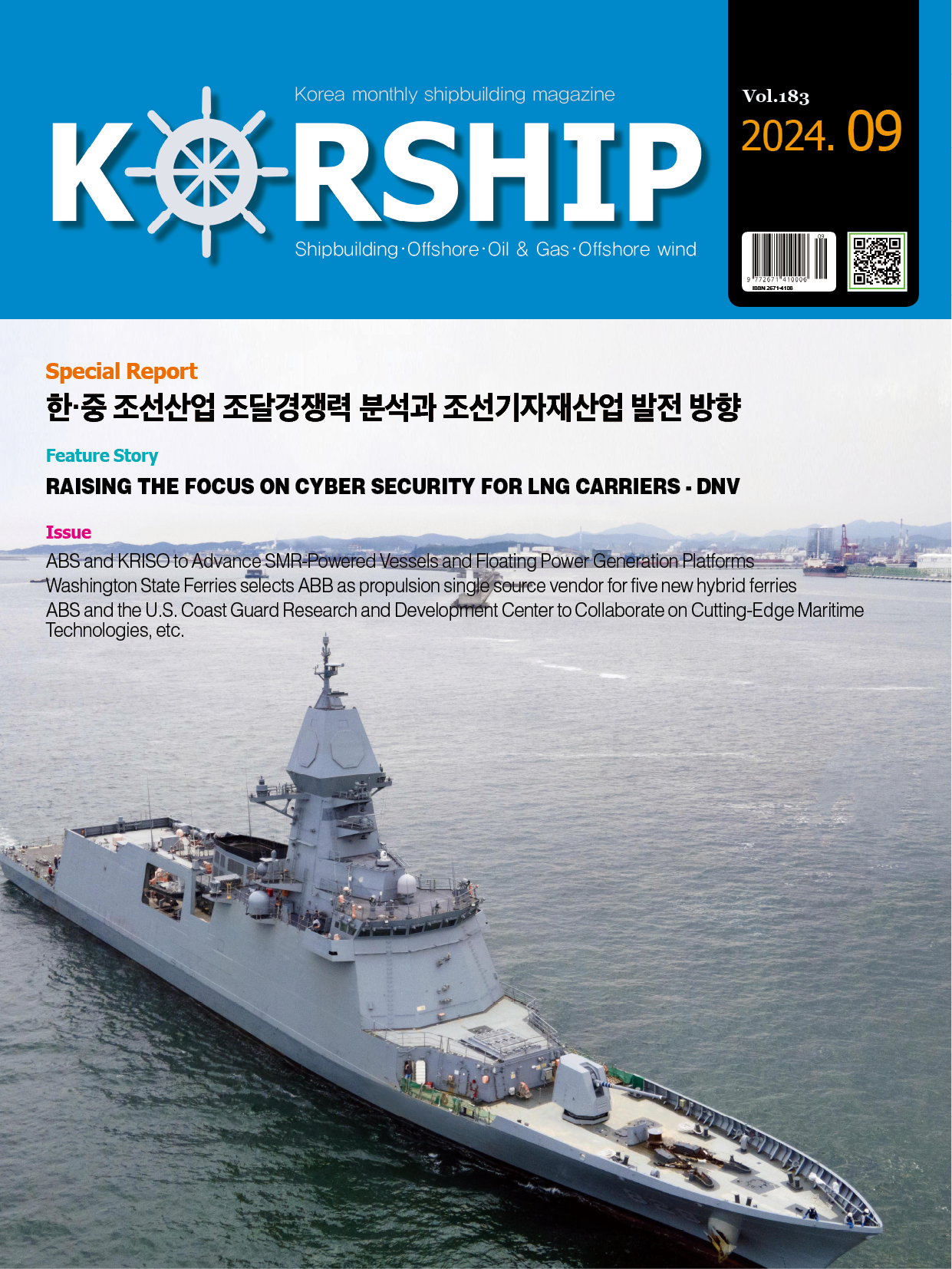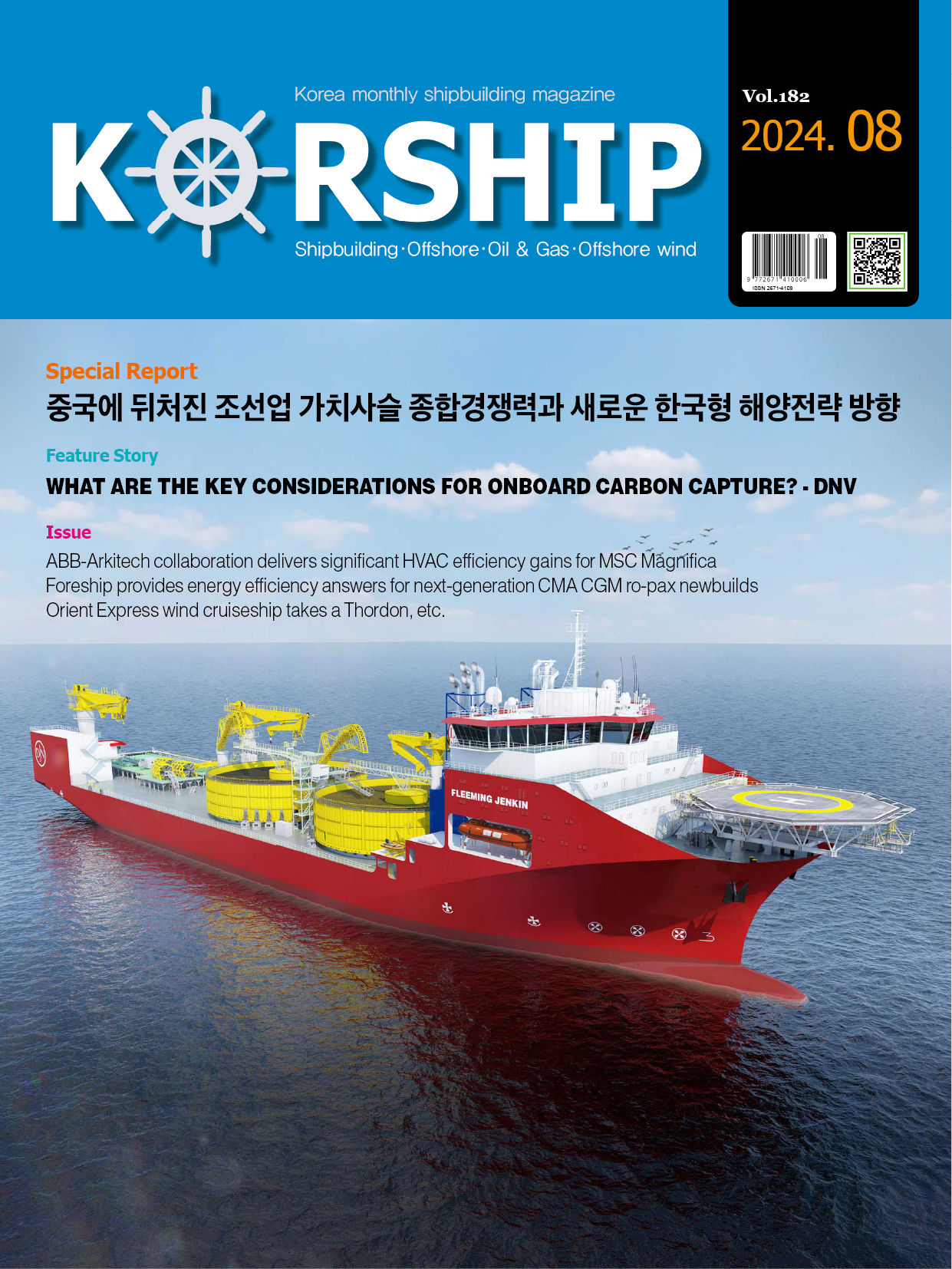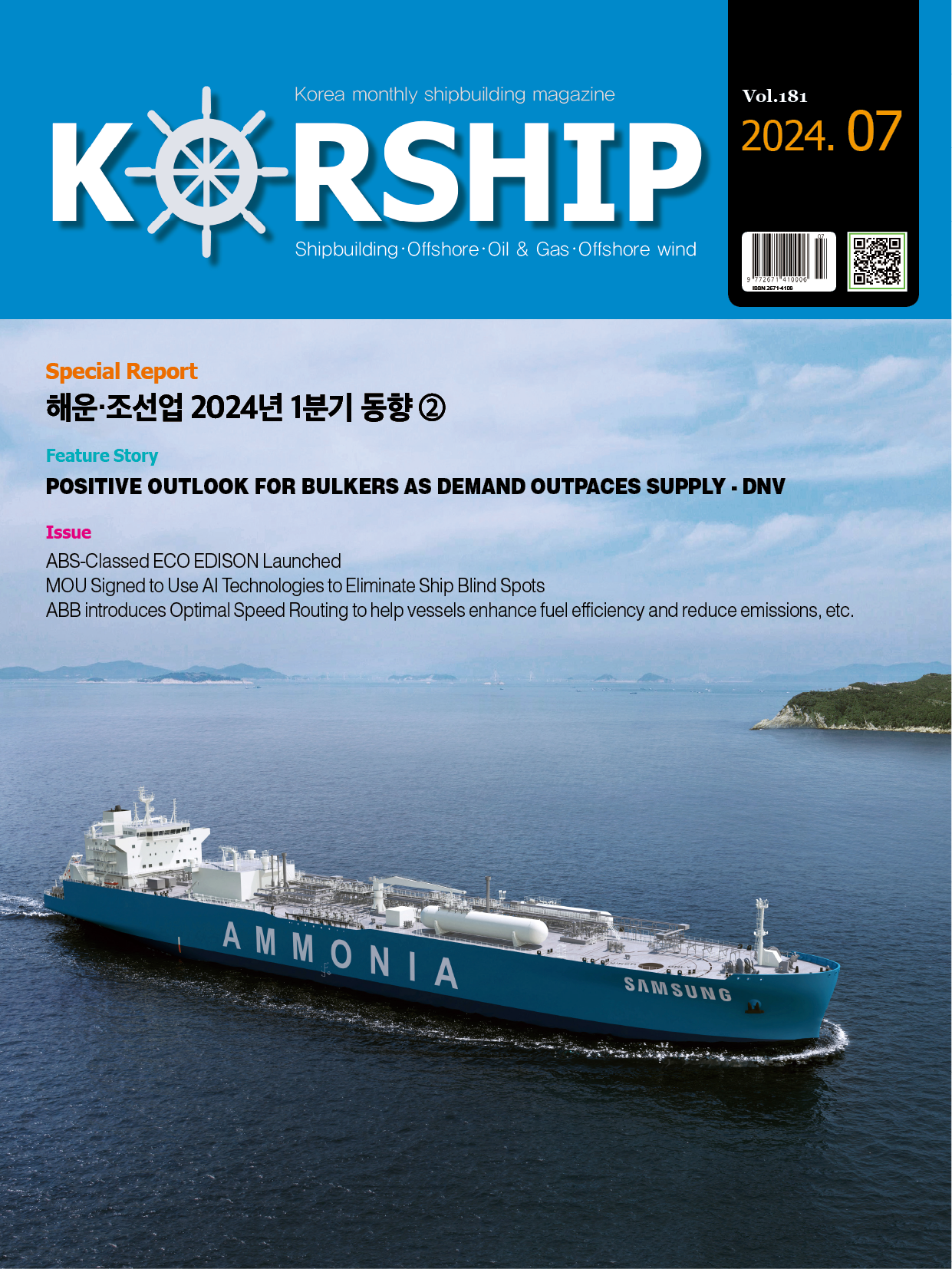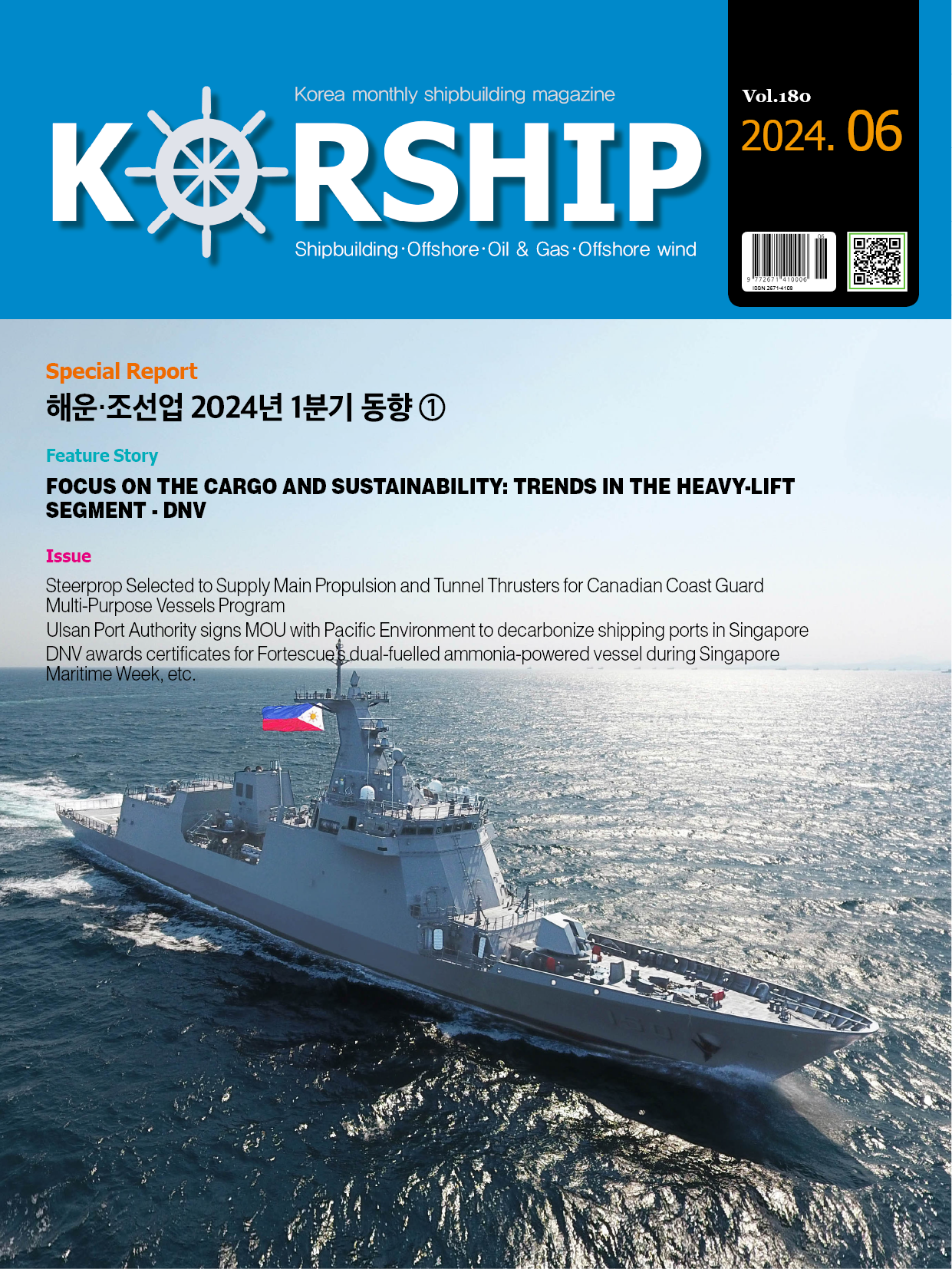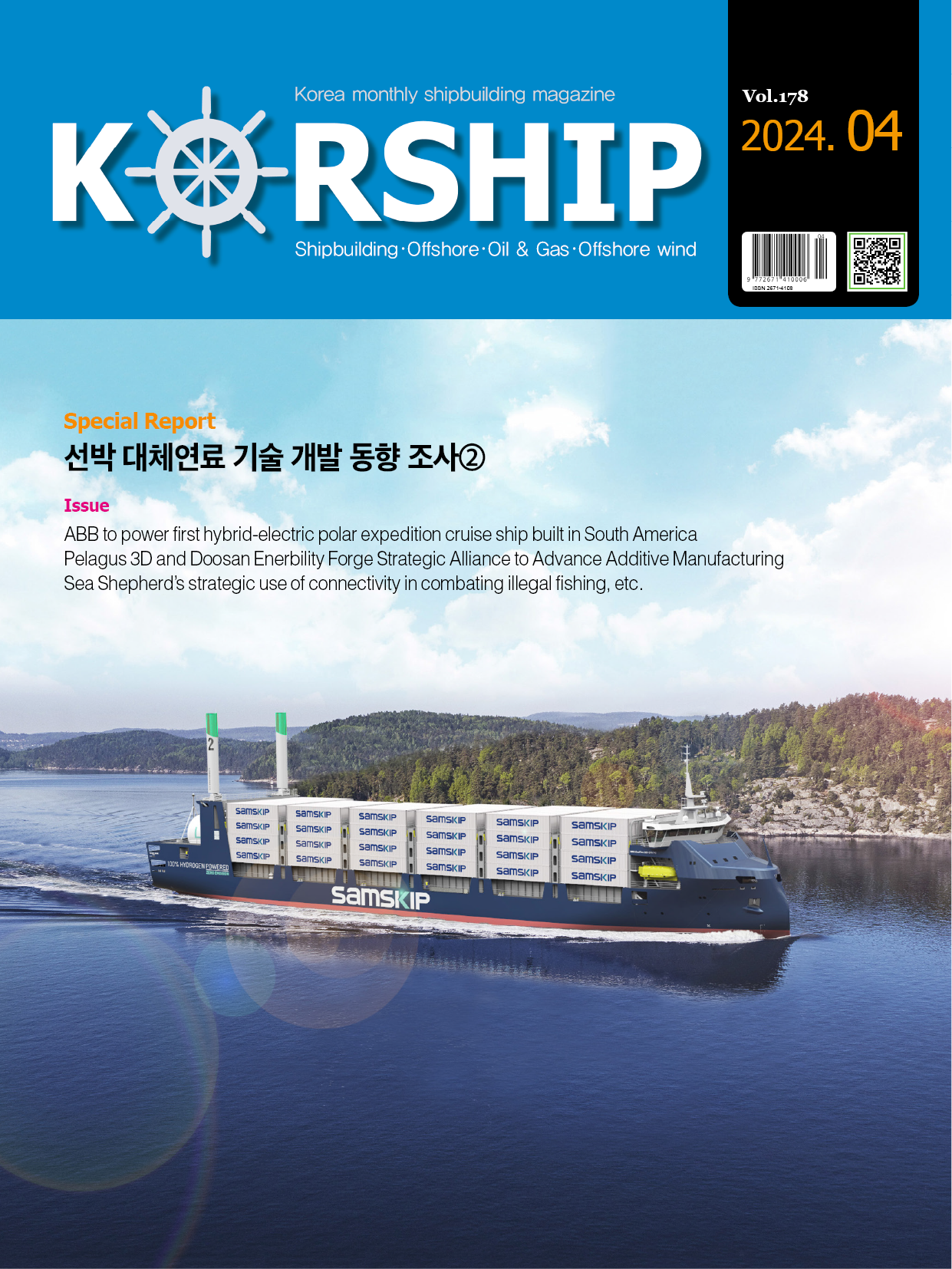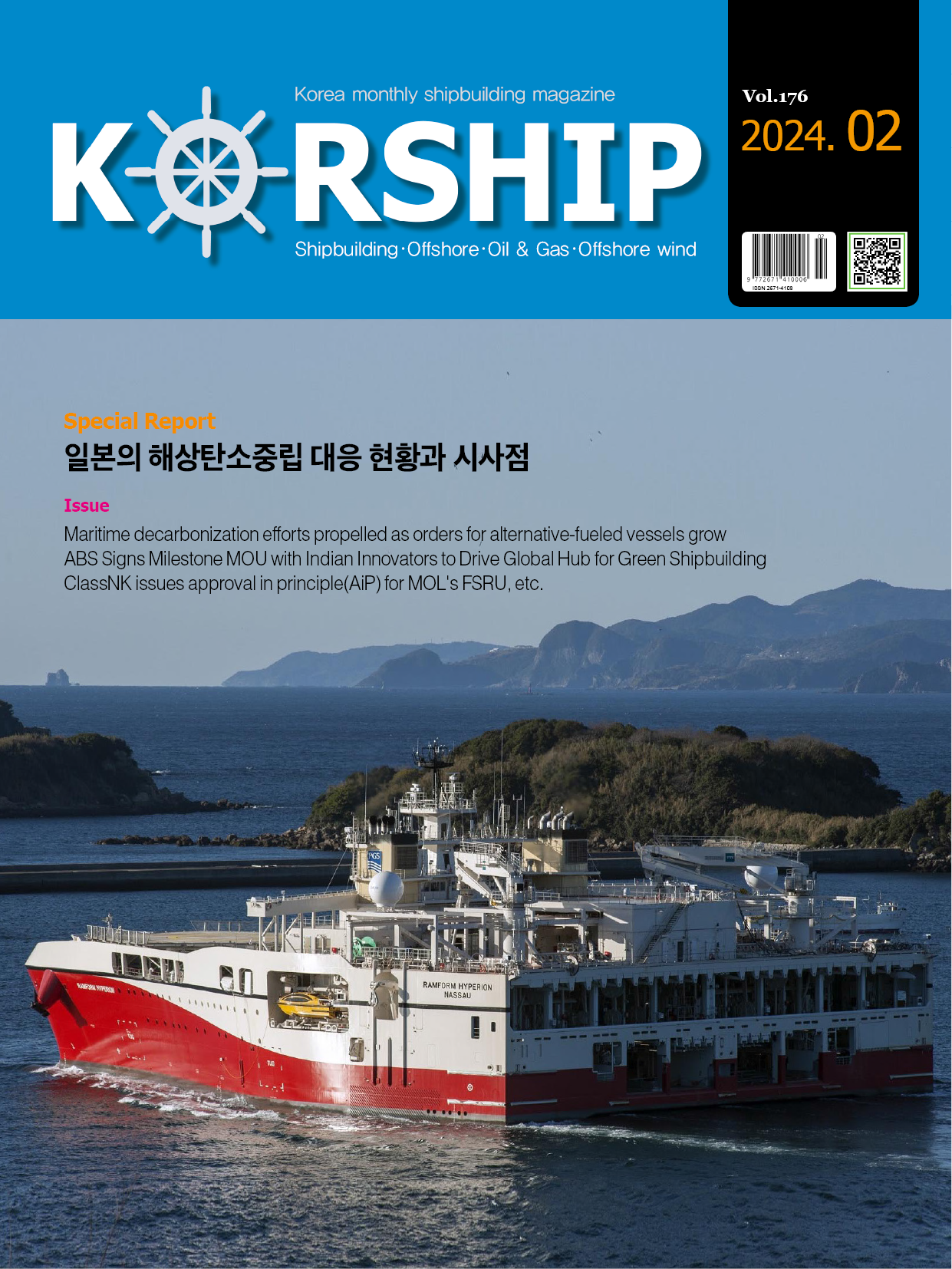Business News YSA Design offers vision for the sail powered cruise ship catamaran
페이지 정보
작성자 최고관리자 댓글 0건 조회 1,268회 작성일 24-05-14 19:28본문
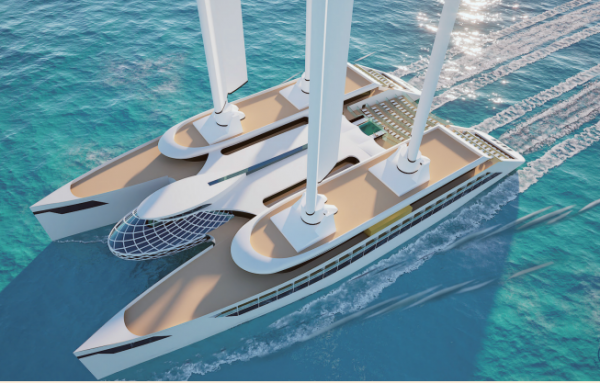
YSA Design has unveiled a concept for a new type of sail-powered catamaran cruise ship, whose flexibility, sustainability and sea-focused attractions can satisfy guest appetites to experience sensitive and hard to reach waters at close quarters.
Codenamed Seabreeze, the design includes a host of features to attract premium-end cruise guests while combining the sustainability of sail and a 4m draft, in a 104.5m length ship with access to shallow waters. Dual hulls counteract listing under sail to maintain stability and comfort for 200 guests on board.
Using a market-ready solution, four 50m high foldable sails would be mounted on 6m high bases on deck to capture zero emission wind. Engines running on green bio-methanol would sustain hotel operations and – if wind was insufficient – the main propulsion, although the ship would also be enabled with a hybrid drive to incorporate silent running on battery power.
Two 18.2m wide hulls would be connected by an inverted U-shaped structure spanning 18.5m, with the cat’s two-deck central superstructure incorporating the bridge and some public spaces. Each hull would include four decks plus a ‘yacht top’, with room for 100 dual occupancy guest cabins and 155 crew.
“Sustainability is critical but cruise shipping also needs to continuously reinvent itself,” said Trond Sigurdsen, Senior Architect and Partner, YSA Design. “A sustainable ship which brings environmentally conscious guests closer to the sea and reaches destinations others cannot is a clear opportunity at the premium end of the cruise market.”
Such an audience would “reclaim the sea” as an attraction, with hulls featuring retractable aft and central platforms extending down to the water when Seabreeze is at anchor or in dynamic positioning mode. Sea lounges could then open up for sunset dining, as spas, or as beach and watersports clubs.
The design envisages a transparent bay structure between the hulls so that guests can “hover” over the sea. Enhanced by auxiliary lighting, “seeing a shipwreck or coral reef would be unforgettable”, said Sigurdsen. In another scenario, guests relax on a mesh connecting the hulls in a “floating experience”.

